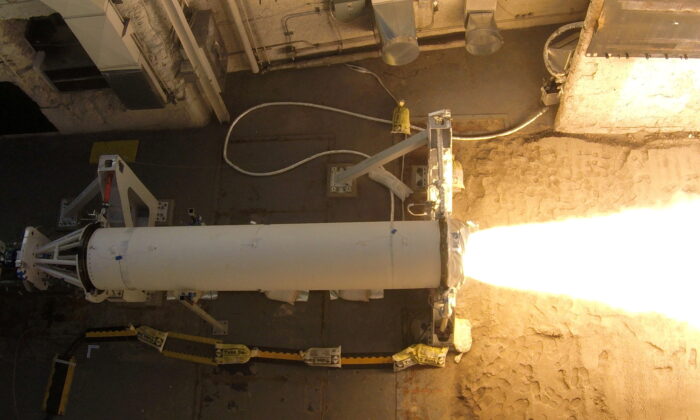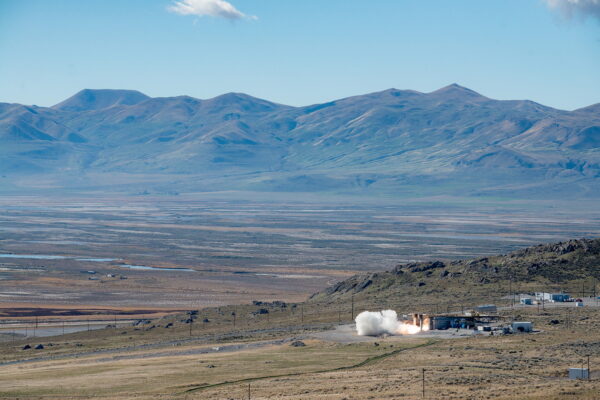
WASHINGTON鈥擳he Pentagon successfully tested a booster rocket motor on Thursday designed to power a launch vehicle carrying a hypersonic weapon aloft, the Navy said.
United States and its global rivals have intensified their drive to build hypersonic weapons鈥攖he next generation of arms that rob adversaries of reaction time and traditional defeat mechanisms. Defense contractors hope to capitalize as they make the weapons and develop new detection and defeat mechanisms.
This week, the top U.S. military officer confirmed a Chinese hypersonic weapons test that military experts say appears to show Beijing’s pursuit of an Earth-orbiting system designed to evade American missile defenses.
“We are on schedule for the upcoming flight test of the full common hypersonic missile,” said Vice Admiral Johnny Wolfe Jr, Director, Navy’s Strategic Systems Programs, lead designer on the program. That flight test, of the combined boost rocket and hypersonic weapon, is slated to happen before autumn 2022.
Last week in Kodiak, Alaska, the United States failed a hypersonic weapon test when the booster failed.
U.S. military services will use the common hypersonic missile as a base to develop individual weapon systems and launchers tailored for launch from sea or land.

common hypersonic missile will consist of the first stage solid rocket motor as part of a new missile booster combined with the Common Hypersonic Glide Body (CHGB).
This static fire test marked the first time the first stage solid rocket motor included a thrust vector control system, the Navy said. Thrust vector control systems allow the rocket motors to be maneuverable in flight.
U.S. Navy’s Strategic Systems Programs conducted two prior tests of the solid rocket motor used in the development of the Navy’s Conventional Prompt Strike (CPS) offensive hypersonic strike capability and the Army’s Long Range Hypersonic Weapon (LRHW).
Arms makers Lockheed Martin Corp, Northrop Grumman Corp and Raytheon Technologies Corp all touted their hypersonic weapons programs at the top of their quarterly earnings calls this week as world focus shifted to the new arms race for an emerging class of weapon.
By Mike Stone

12hr

12hr

13hr

14hr

14hr

15hr
Pezou : US Successfully Tests Hypersonic Booster Motor in Utah
